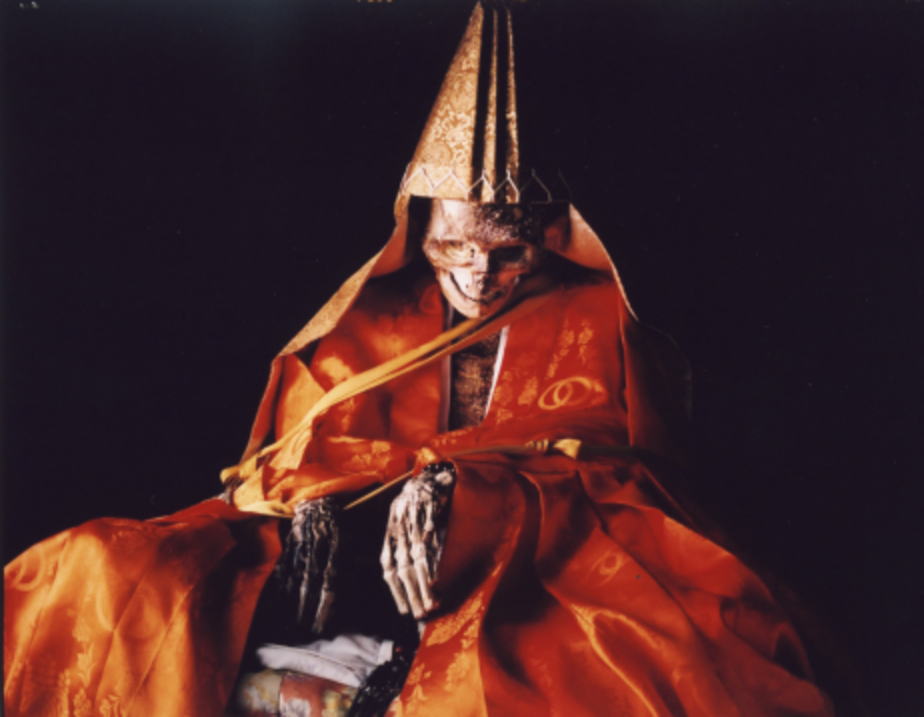
How far would you go for your beliefs? If your faith called for it, would you give up your life? What if, to get to heaven, you were called upon to take your OWN life?
Sound bizarre? To a sect of Buddhists called Shugendo it wasn’t. These monks and nuns are known now as the Sokushinbutsu, and are considered “living” buddhas (seems odd to call them living, but whatever). They went through a long, painful process in order to preserve their bodies and achieve Buddhahood and the state of Nirvana. To put it in Western terms, they mummified themselves alive in order to go to Heaven.
You might be thinking right now about the Egyptian mummification process, and wondering how in the heck someone could do something like that to themselves (the why might be understandable…after all, eternal peace and happiness is a pretty powerful motivator, although I should add that the Buddhist idea of ‘heaven’ is a lot different than what we think of here in America.)
The mummification process in this instance is a lot different than that practiced by the Egyptians. Fundamentally different, in fact, because the Sokushinbutsu literally attempted to mummify themselves alive, while the Egyptians did their process post-mortem and, obviously, to another person.
So how was this self-mummification achieved? The first step of the process lasted 1000 days. During this time, the aspiring Sokushinbutsu would eat a special diet of nuts and seeds while participating in a rigorous exercise routine in order to strip fat from their body. In the second step of the process, the monk would only eat bark and roots for 1000 days. Also during this time, they would consume a poisonous tea made from the sap of the Urushi tree, a sap normally used to make lacquer for bowls. This tea caused vomiting and diarrhea, which resulted in rapid weight loss. Most importantly though, compounds in the sap made the body poisonous to maggots, which is obviously a good thing if you’re trying to keep the little critters from eating your corpse.

Image credit: Aomorikuma
Once the second phase was done, the emaciated and sickly monk would enter a tomb crafted to be barely bigger than his body. He would assume the lotus posture, which he would not move from for the rest of his life. He would be sealed into the tomb, his only contact with the outside world a small air tube and a bell. Every day for the rest of his life, he would ring the bell to let those outside know he was still alive.
When the bell stopped ringing, those attending the monk through his self mummification process would seal up the tomb completely and leave it sealed for another 1000 days. Once the 1000 days were past, they would open up the tomb and see if the would be Sokushinbutsu had achieved his aim of self mummification. Most times, they would open the tomb and find a rotted corpse. A few times though, the process worked and the corpse was fairly well preserved (although not quite as well as Egyptian mummies and not near as well as bog mummies.)
Those who tried and failed this bizarre and painful process were respected for their devotion, but those who became Sokushinbutsu were immediately venerated as a ‘living’ Buddha and put on display for all to see.
Thankfully, this bizarre practice has not survived the test of time. The process was outlawed in 1879 in Japan, and for good measure now any kind of assisted suicide, including suicides for religious reasons, are now illegal.
I feel obligated to point out the obvious here. This was NOT what the Buddha intended, and I seriously doubt he would approve had he lived long enough to see this process take place. The Buddha tried the whole “extreme self denial to achieve Enlightenment” thing and it didn’t work out too well for him. Luckily he stopped it before he died of starvation or sickness.
No, what the Shugendo sect did was not in keeping with the Buddhist philosophy as it was meant to be practiced. It was one of those extreme sects – every religion/philosophy has them – and they don’t really reflect the views of the wider community well at all.
That being said, right or wrong, this is a part of history. The Sokushinbutsu show just how far people will go in pursuit of a belief, misguided or otherwise.
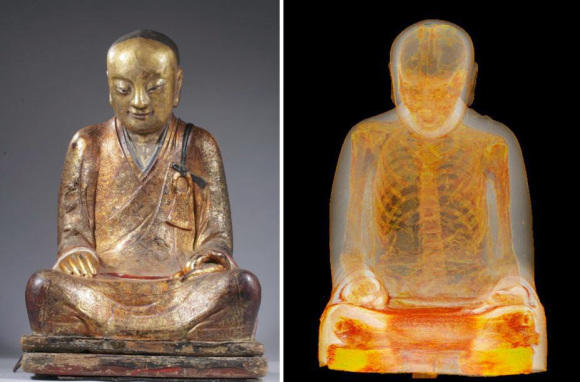

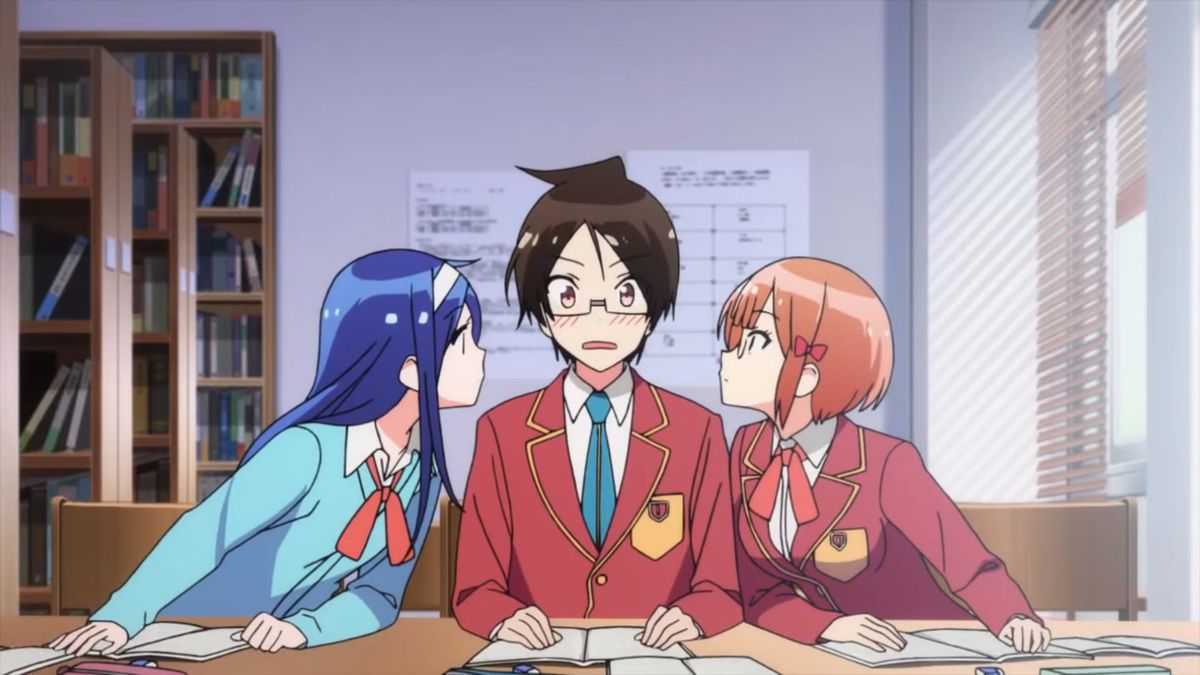
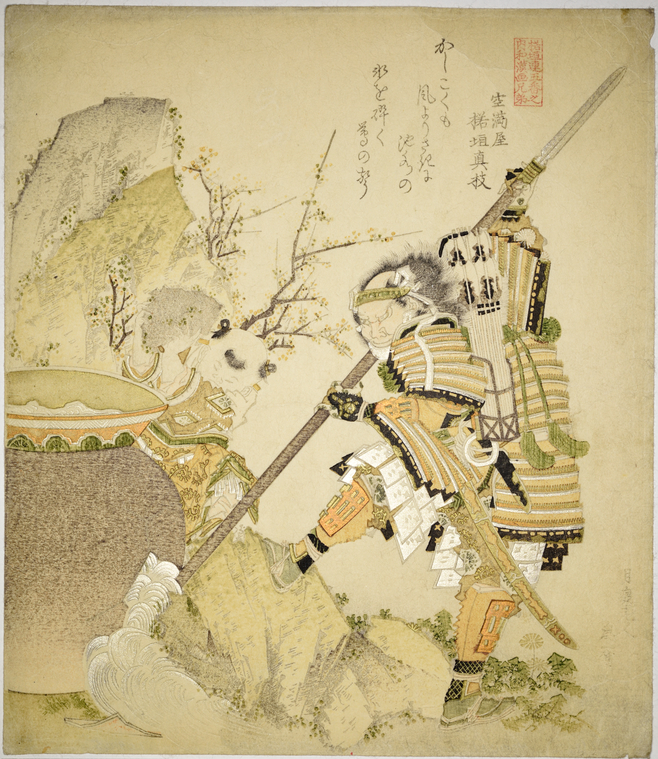

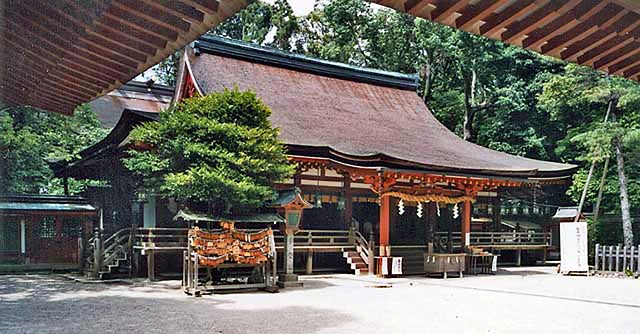
1 thought on “The Sokushinbutsu, Japan’s Mummy Monks”